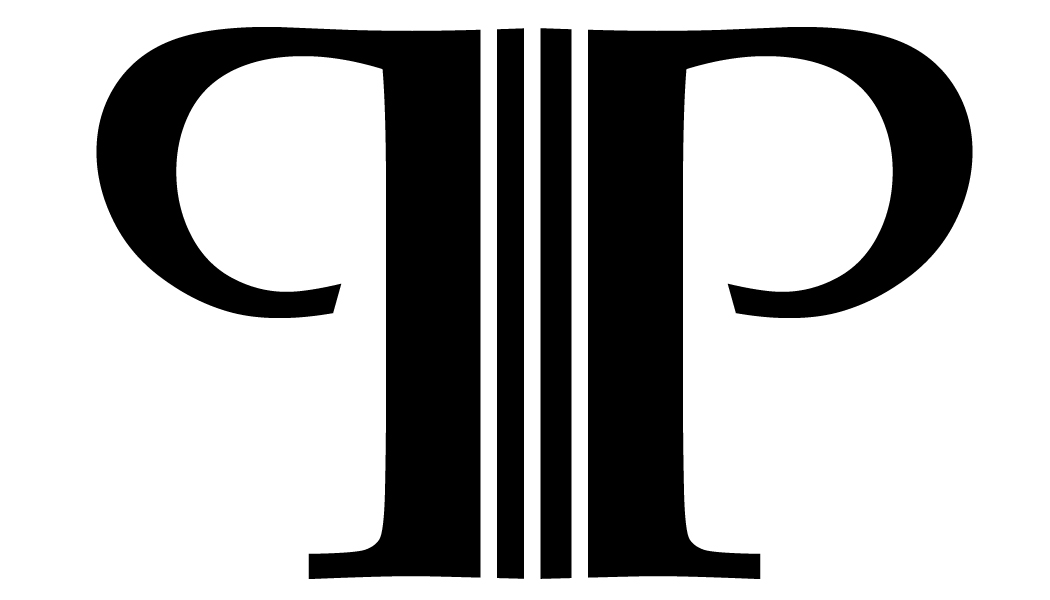We have been spending our weekends alternately hiking in the woods and scratching and stacking. We've been raking out both flower and vegetable beds, stacking piles of dead raspberry canes to burn, cutting down a tall dead tree teetering precariously above our lower shop, and sweeping sand remnants from not-far-gone piles of snow. All in preparation for new growth.
I continue to teach via Skype and have been approached by a few people who feel that the sudden slow down seems a good time to finally begin studying music, something they have always wanted to do.
One might think that the easiest place to teach would be the beginning. But, it is not only teaching virtually that makes teaching middle C difficult. I borrow the term “teaching middle C” from my good friend and pianist colleague, Vladimir Odinokikh. During rehearsal breaks he would regal me with stories of his frustration at teaching piano students who are in the place where they have to begin by knowing what note is middle C.
One of the first hurdles of teaching early lessons is dealing with the student's insecurity at beginning anything. Adults, especially, feel uncomfortable coming to the cello at what they feel is a later time in their lives: they feel the need to reassure me that they recognize their own lateness, handicaps, and how, perhaps, they should have listened to their mothers when they quit studying music as a teen.
Once we are all okay with beginning, we begin. It is wonderful to put an instrument into the hands of someone who has never played before. There is such reverence in their faces toward the cello. We spend a significant amount of time talking about the anatomy of the instrument. How and why it actually makes sound. I'm following the theory that the more you know about how something works, the better you will be able to make it work and the more you’ll take care of it. This can be true for our cars, our animals, our computers, our bodies.
For a while we don't even pick up the bow. Having an instrument as large as a cello filling your lap seems enough for a while. I like students to spend some time getting to know their cello. Cellist Gregor Piatagorsky loved to describe the time spent getting to know a new instrument as their “honeymoon period.”
Once we have introduced some pizzicato (plucking) technique on the strings and everyone is a little more comfortable with the cello we pick up the bow.
Here is where we can run into some trouble. It is at this point that students become enthralled with all things cello. They become impatient with my asking them to wait a few weeks before we begin using the bow so they decide they will pick it up themselves and, under the guise of “making me proud,” go online and learn a few tunes.
At the next lesson the students proudly display their new found virtual knowledge. I sit silently watching them grip the bow like a club and saw across the strings, rosin dust flying, somewhere between the bridge and the pegs.
Can you spell “undo?”
Putting a student on a bow gives them an experience that is unlike anything they ever do in their real lives; it isn't like holding a pencil, hammer, fork or baseball bat. It is introduced only to be reintroduced time and time again. There is very real reason that we call it our “bow hold” versus our “bow grip.”
After some time, students are able to draw the bow successfully across the strings, straight and true, and the cello rewards them with sound. Here is where the fun begins because nothing is as addictive to a budding musician as sound. My goal is for them is to be able to create a sound that they can fall in love with so that, if nothing else, their default is to making that beautiful sound. I ask that they spend a significant part of their at home practice simply bowing. We talk about the meditative qualities of calmly bowing each string repeatedly, watching the bow engage the string into action.
We are now beginning to understand some musical terms, work on some rudimentary reading skills and refine position of cello and bow.
It's now that we have prepared the ground, learned middle C, done the raking and sit, patiently waiting, for new growth.
Melissa Perley

